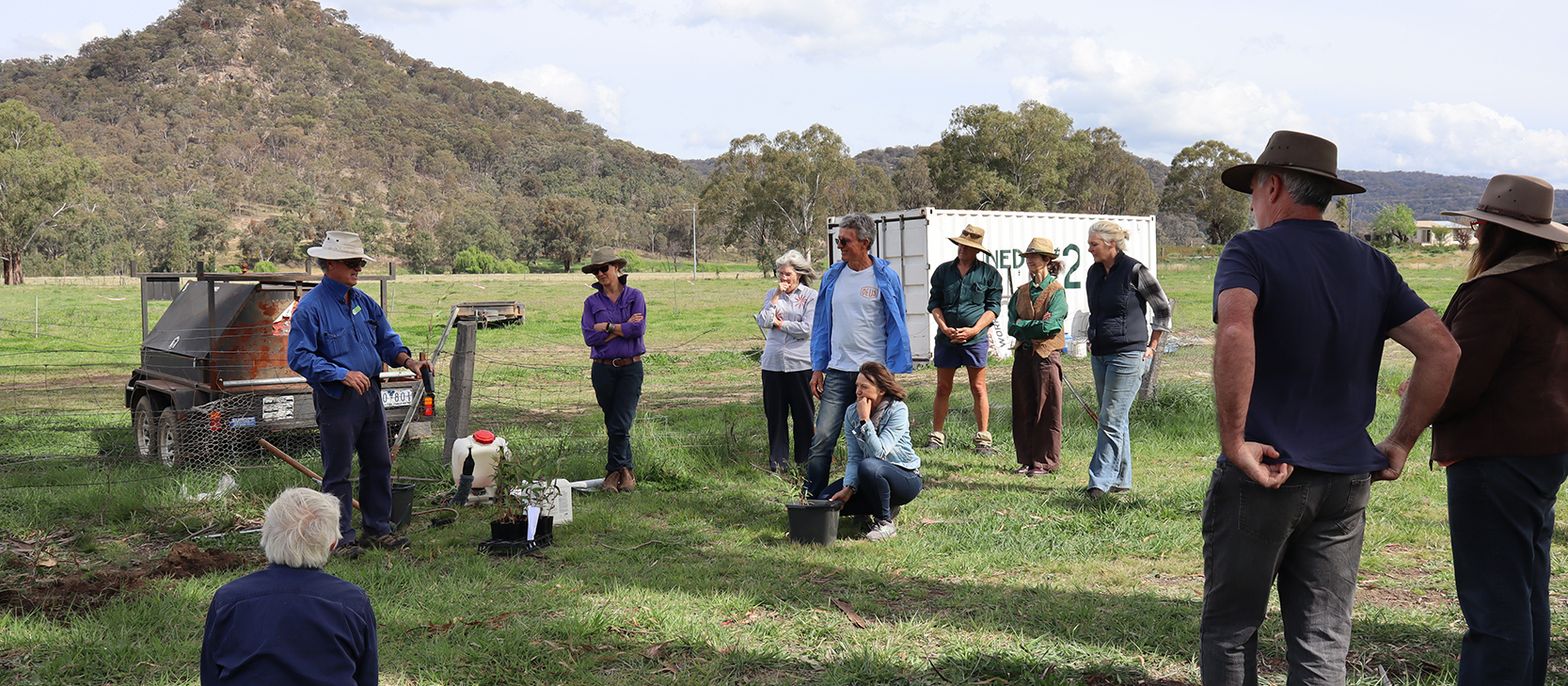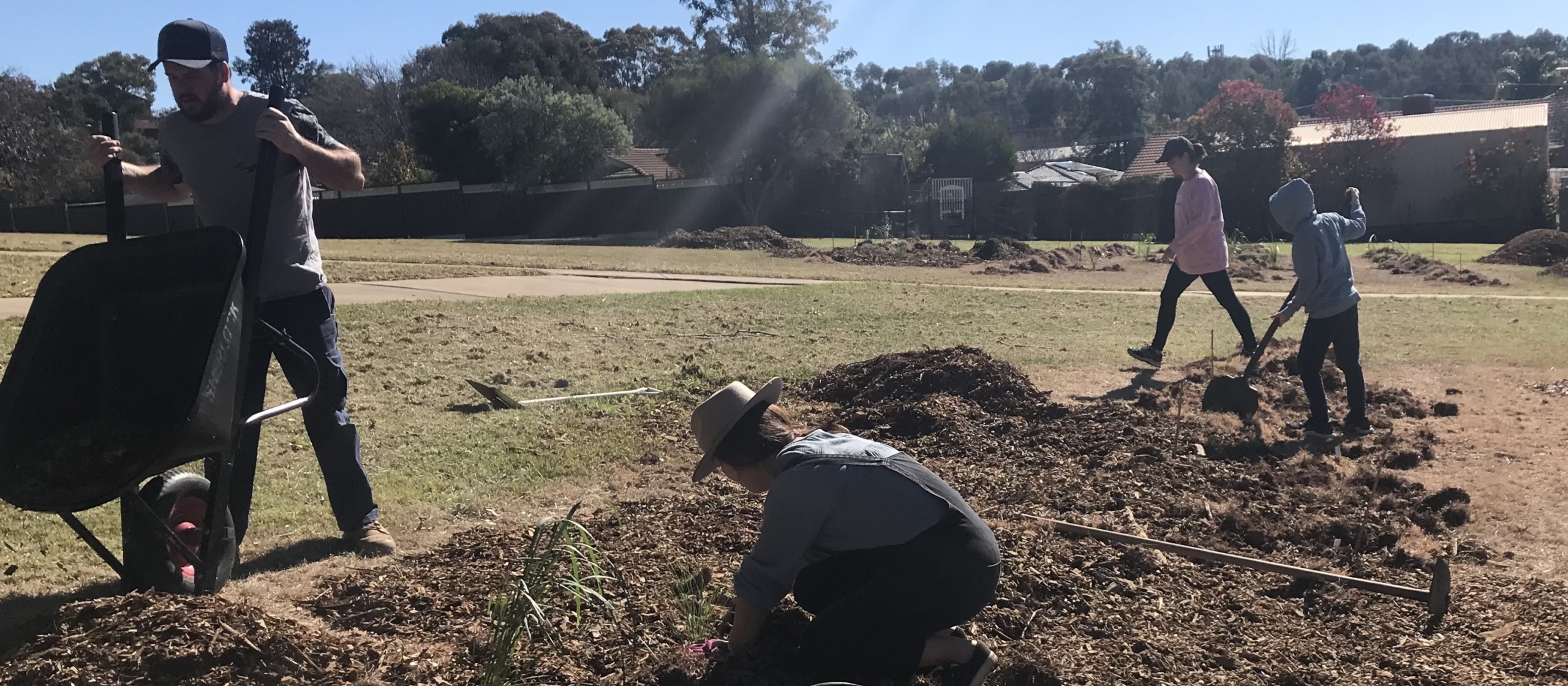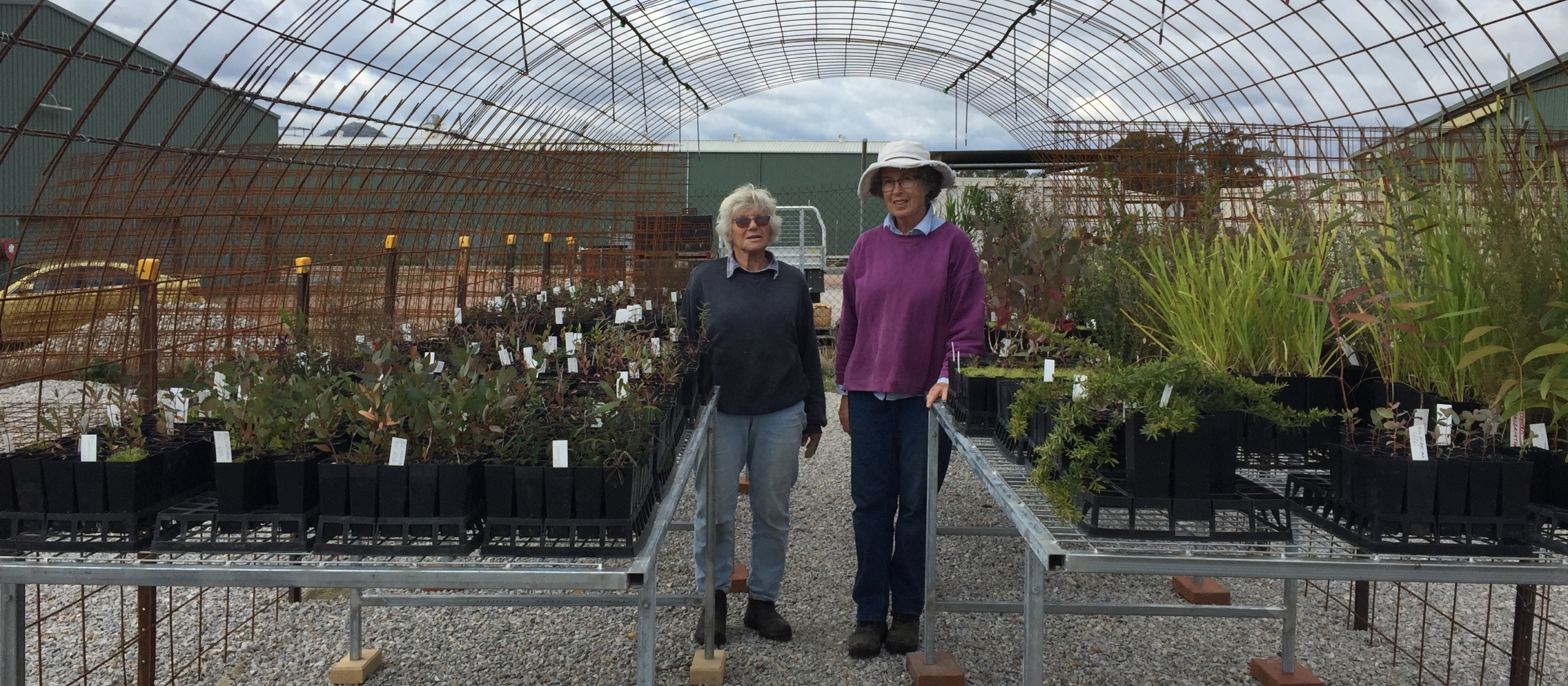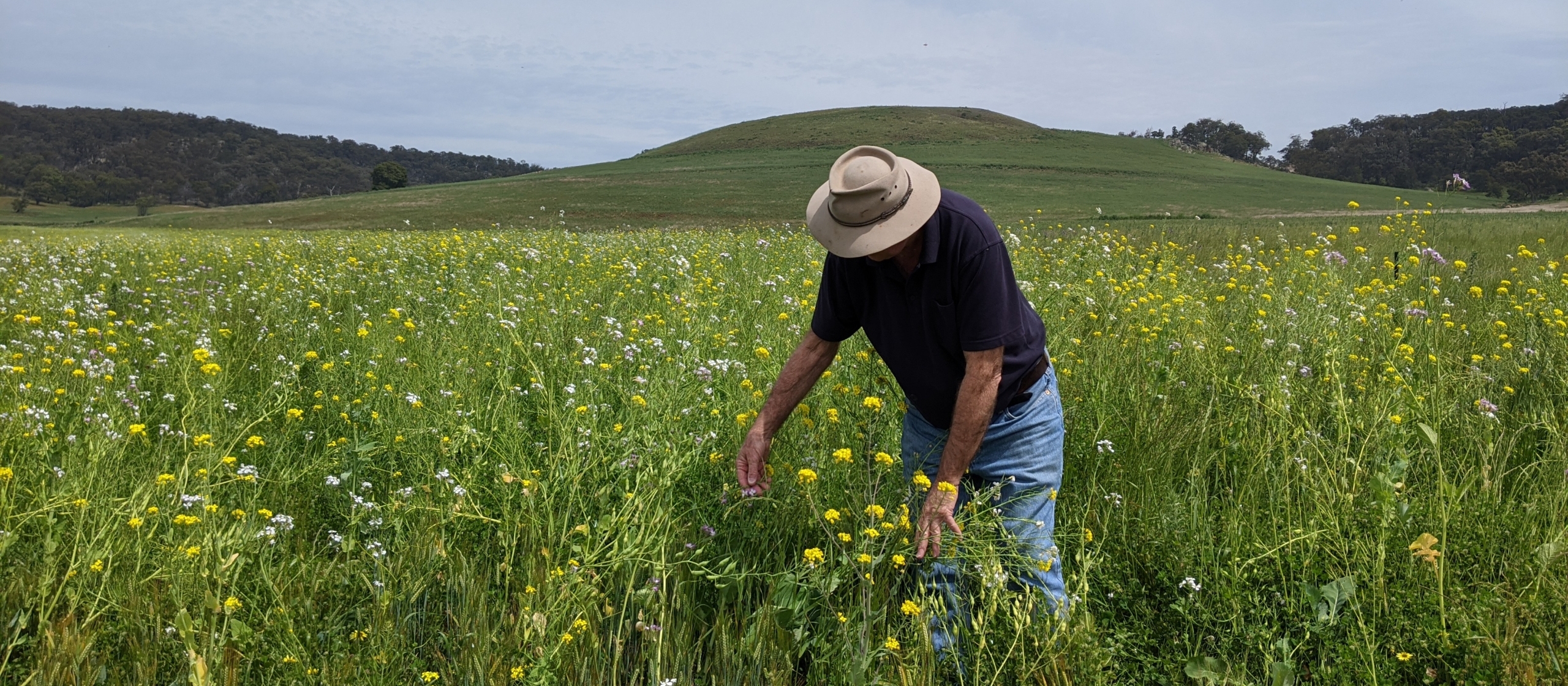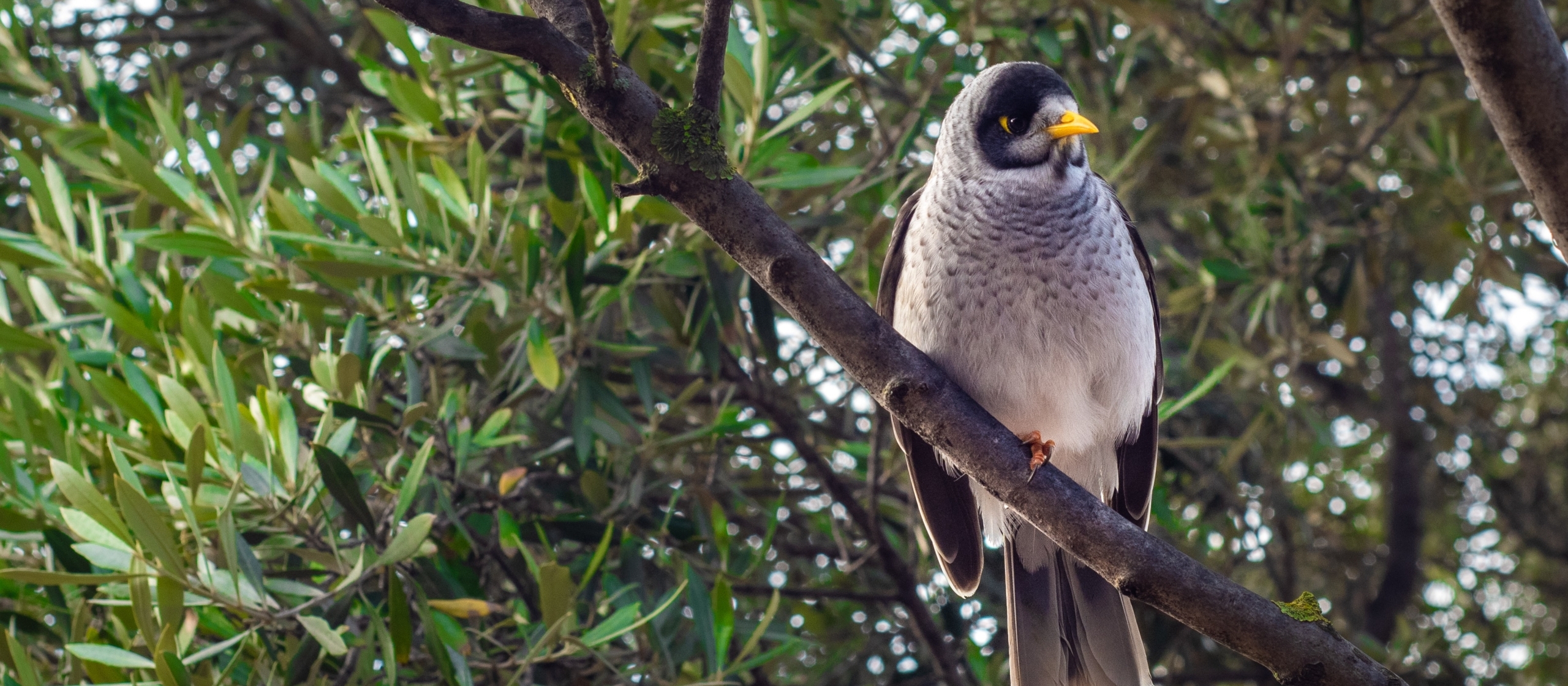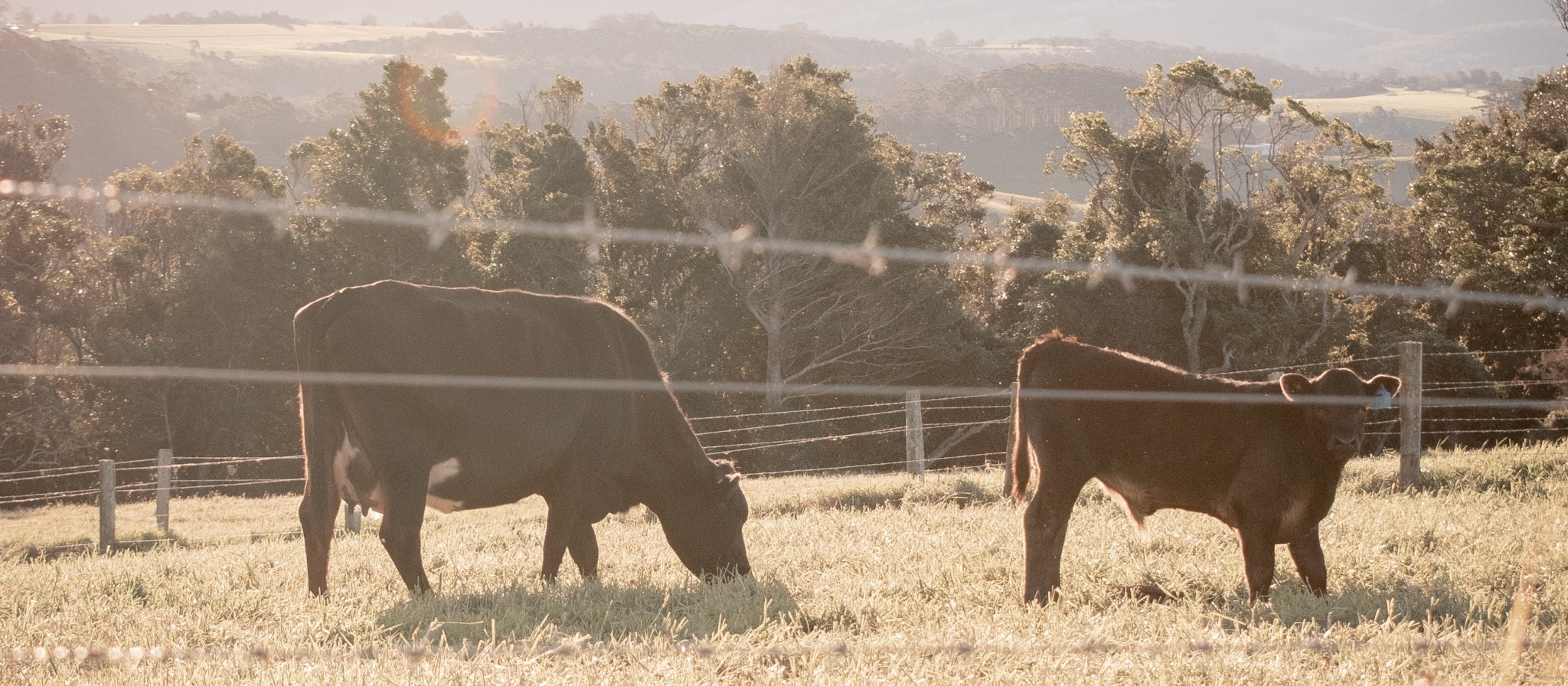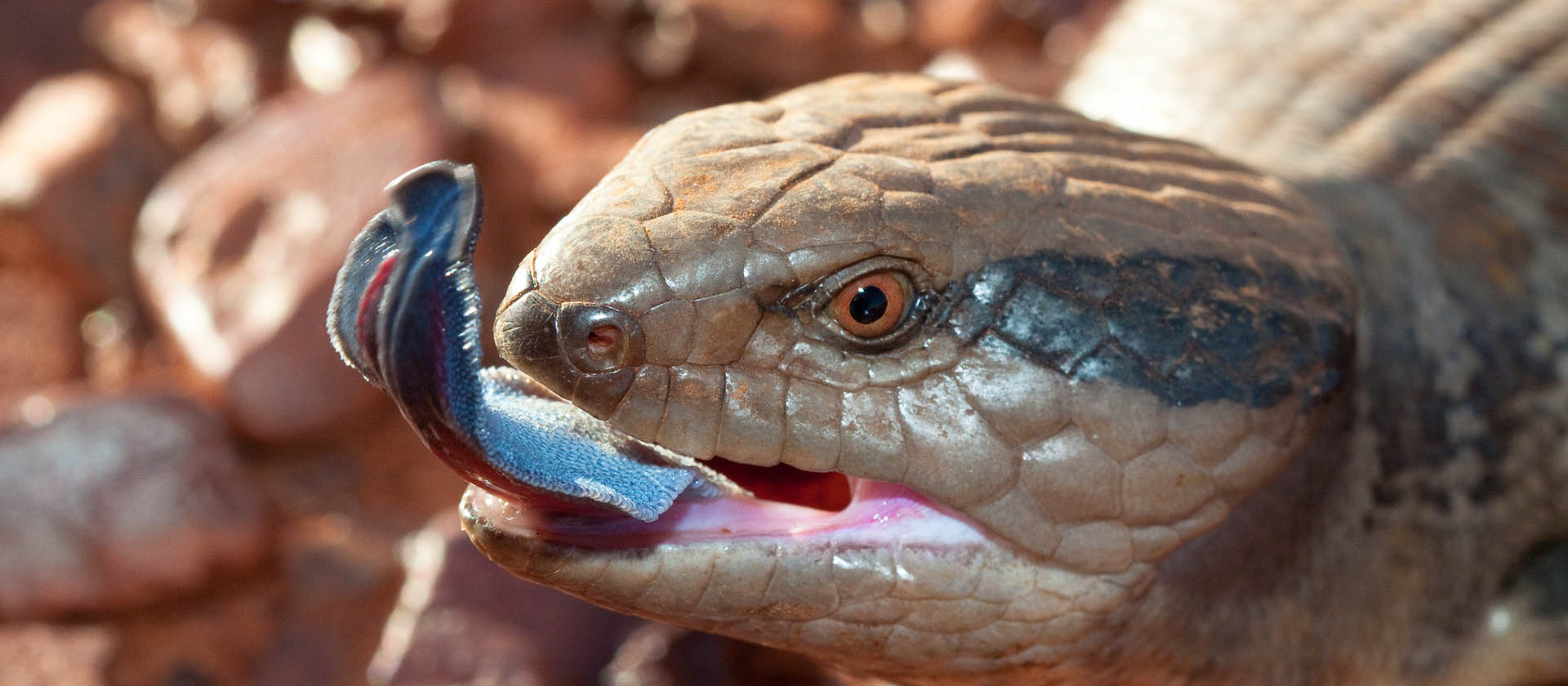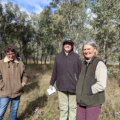Opportunist Invaders: Secrets to controlling Noisy Miners
In a changing world, we hear a lot about endangered native species and how we can protect them, but what about those thriving species and cause problems due to their overabundance? Some interesting research by Dr Richard Beggs from the Australian National University points to potential secrets about the control and possible prevention of Noisy Miner (Manorina melanocephala) populations which are increasingly a problem due to their territorial nature. Noisy Miners disrupt the natural balance of species and impact more vulnerable small woodland bird species by taking over nesting sites and aggressively defending their claimed territory.
Since European settlement and the beginning of habitat change and land clearing, Noisy Miners have dominated woodlands. They have dispersed on the landscape in a way that threatens to exclude some smaller native birds from their natural habitat.
In the past, environmental authorities have tried various methods to control aggressive bird species, such as diversionary feeding, fertility control and culling. Breggs points out that these practices are costly exercises. Without clear information and data about the species in question, behaviours and population density, there is limited evidence that these strategies effectively reduce population numbers.
Dr Beggs conducted a study on the effectiveness of culling Noisy Miners as a population control method over three years. The study was conducted in remnant box gum grassy woodlands within an area of 471m2 near Gundagai NSW. The study monitored sites before and after a strategic cull with the aim to reduce Noisy Miners’ numbers so that they would no longer be aggressively competing with small woodland birds. Counts after the cull indicated surprisingly high levels of recolonisation by the Noisy Miners, and the control strategy is ineffective during the study. Dr Beggs highlighted that although culling may seem like an obvious solution, we urgently need to conduct more studies like this so that sparse funds for conservation aren’t spent in vain on methods that aren’t clear to work.
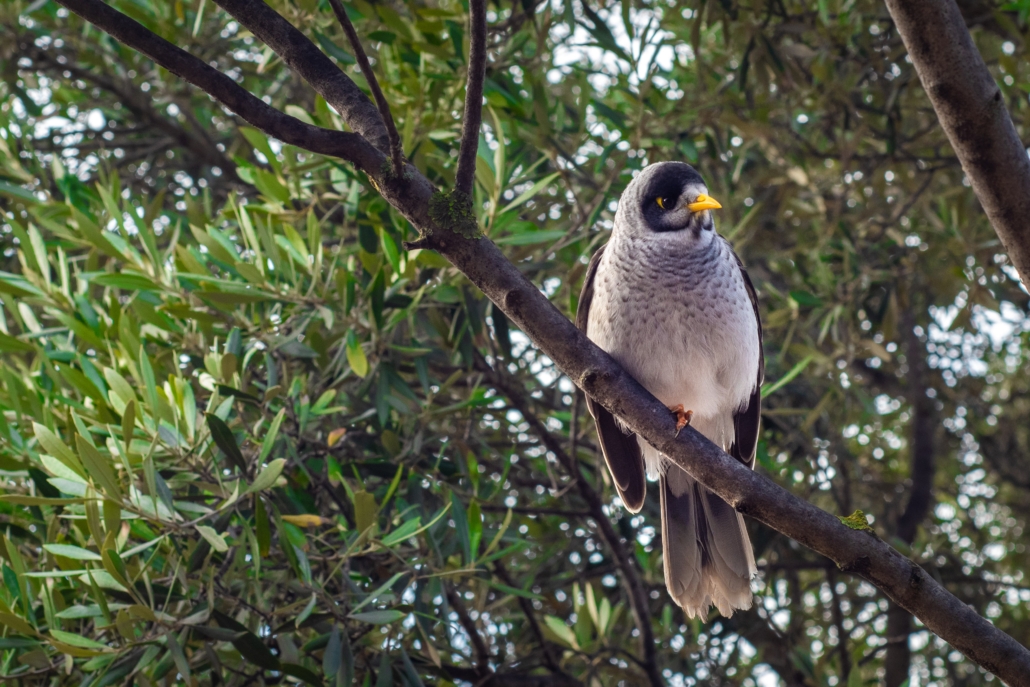
It’s important to note that denser woodland with a shrubby understorey is less attractive to noisy miners because of the extra energy required to chase out small woodland birds. The effect of their territorial behaviour is more pronounced in open woodland that may have been cleared or grazed. Noisy Miners can quickly chase small birds in open areas and therefore have less competition for food in woodland with a disrupted understorey. Woodlands with a more diverse mix of native shrubs and woody debris provide more resources for small woodland birds for feeding, nesting, and refuge.
The solution to overabundant Noisy Miners may be replanting our woodlands to encourage a richer diversity of species within our landscape. A complete understorey of shrubs and small trees restricts Noisy Miner’s aggressive behaviours and provides shelter for threatened, small woodland birds and other native birds. Dr Beggs’s work continues as his research reveals more about the control of overabundant birds. These results suggest that replanting our woodlands with shrubs for a complete understorey is an essential tool for controlling the Noisy Miners
To find out more about Dr Richard Beggs’ research and other fascinating information uncovered by the ANU Sustainable Farms team, head to www.sustainablefarms.org.au
We’re here to help, get in touch with Maddison at Maddison@watershedlandcare.com.au – Local Landcare Coordinator if you want to get involved or have any questions.



